Annkathrin Krämmer
Providentia -- A Large Scale Sensing System for the Assistance of Autonomous Vehicles
Jun 19, 2019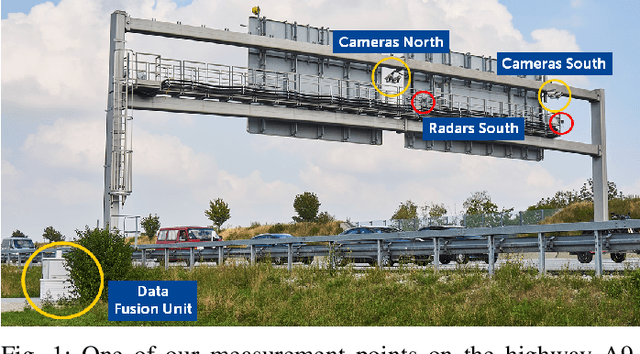
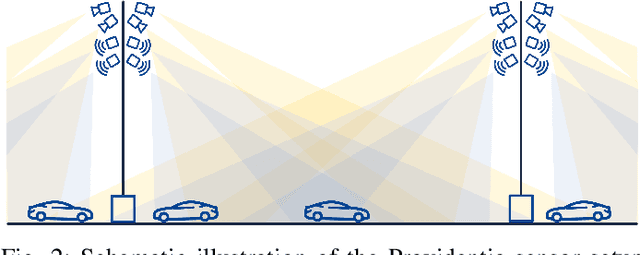
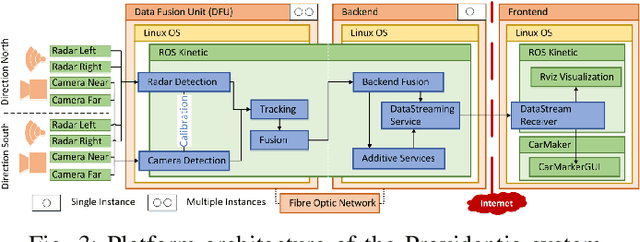
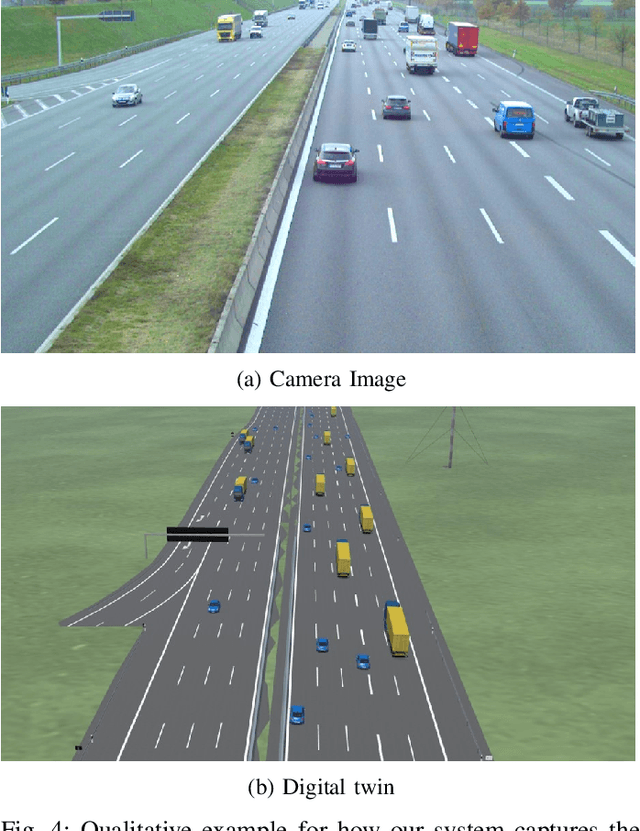
Abstract:The environmental perception of autonomous vehicles is not only limited by physical sensor ranges and algorithmic performance, but also occlusions degrade their understanding of the current traffic situation. This poses a great threat for safety, limits their driving speed and can lead to inconvenient maneuvers that decrease their acceptance. Intelligent Transportation Systems can help to alleviate these problems. By providing autonomous vehicles with additional detailed information about the current traffic in form of a digital model of their world, i.e. a digital twin, an Intelligent Transportation System can fill in the gaps in the vehicle's perception and enhance its field of view. However, detailed descriptions of implementations of such a system and working prototypes demonstrating its feasibility are scarce. In this work, we propose a hardware and software architecture to build such a reliable Intelligent Transportation System. We have implemented this system in the real world and show that it is able to create an accurate digital twin of an extended highway stretch. Furthermore, we provide this digital twin to an autonomous vehicle and demonstrate how it extends the vehicle's perception beyond the limits of its on-board sensors.
Targetless Rotational Auto-Calibration of Radar and Camera for Intelligent Transportation Systems
Apr 18, 2019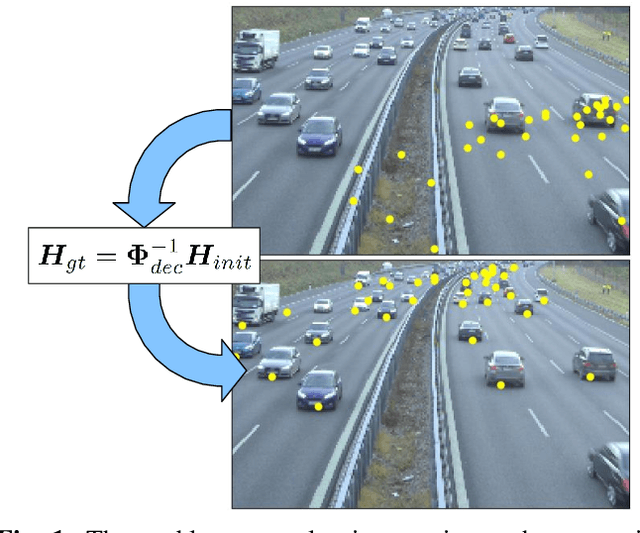

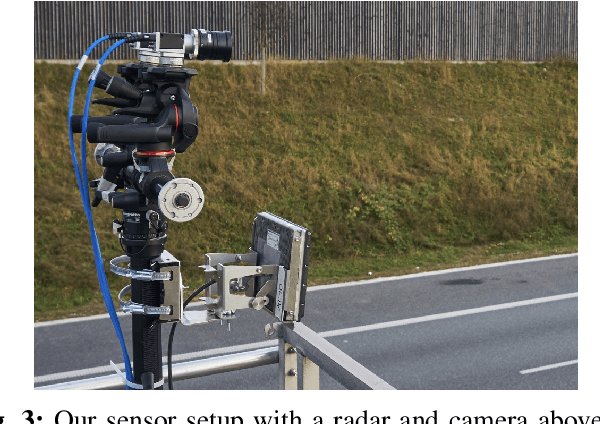
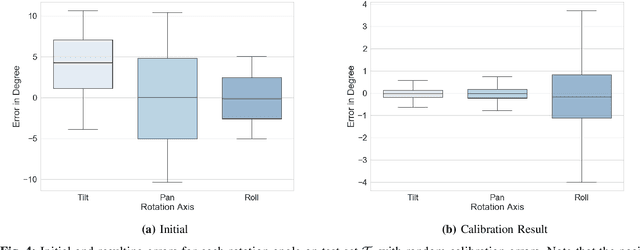
Abstract:Most intelligent transportation systems use a combination of radar sensors and cameras for robust vehicle perception. The calibration of these heterogeneous sensor types in an automatic fashion during system operation is challenging due to differing physical measurement principles and the high sparsity of traffic radars. We propose - to the best of our knowledge - the first data-driven method for automatic rotational radar-camera calibration without dedicated calibration targets. Our approach is based on a coarse and a fine convolutional neural network. We employ a boosting-inspired training algorithm, where we train the fine network on the residual error of the coarse network. Due to the unavailability of public datasets combining radar and camera measurements, we recorded our own real-world data. We demonstrate that our method is able to reach precise and robust sensor registration and show its generalization capabilities to different sensor alignments and perspectives.
 Add to Chrome
Add to Chrome Add to Firefox
Add to Firefox Add to Edge
Add to Edge